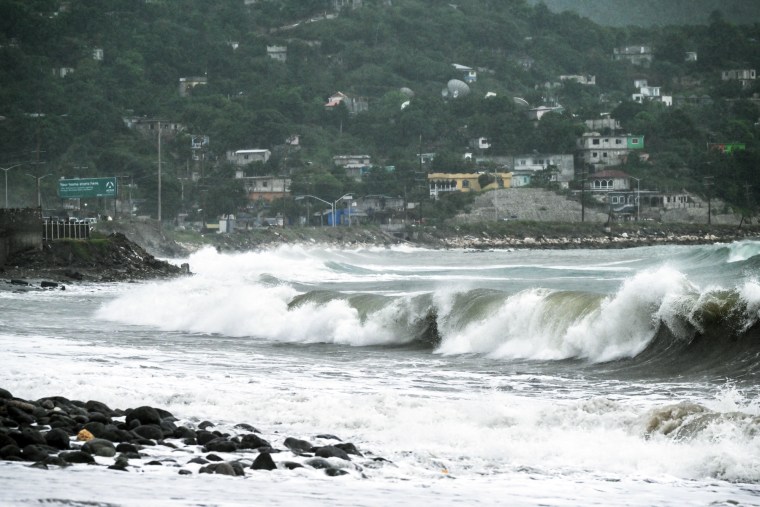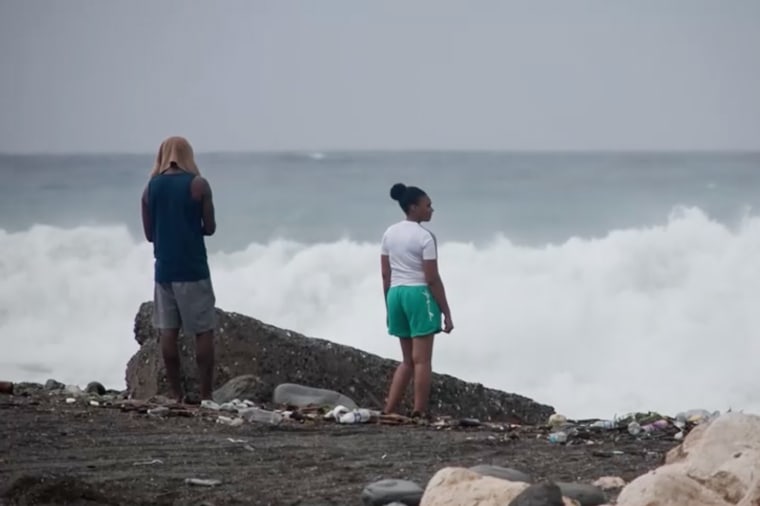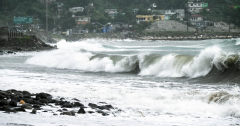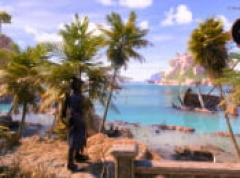Jamaican officials warned Sunday that some communities may not survive “catastrophic” flash floods as Hurricane Melissa, a powerful Category 4 storm, inched slowly toward the island.
Melissa was packing maximum sustained winds of 145 mph and moving west at 5 mph, the National Hurricane Center said in its 11 p.m. ET update. It was centered about 125 miles south-southwest of Kingston, Jamaica’s capital.
Melissa is forecast to strengthen to Category 5 within 24 hours, with hurricane center computer models showing “landfall of Melissa as a catastrophic Category 5 hurricane” likely Monday night or Tuesday morning, according to an earlier update and its accompanying forecast discussion.
“It now appears virtually certain that the core of a powerful hurricane will move over Jamaica Monday and Tuesday,” hurricane center Deputy Director Jamie Rhome said in a video update Sunday.
However, U.S. forecasters say an eye-wall replacement cycle could weaken Melissa at landfall, which would further erode its potency before it arrives in eastern Cuba on Tuesday night and the southeastern Bahamas on Wednesday.
Melissa is generating 10-foot waves as it drinks up 85-degree seawater. The storm’s minimum central pressure, a measure of power, was estimated at 933 millibars and dropping, a sign of strengthening and a number that would place it on a long list of the most intense tropical cyclones stateside.
The distinction between Category 4 and 5, however, will make little difference to its impact on the island, as either is expected to bring catastrophic destruction.

The hurricane center said late Sunday that Melissa was likely to cause “life-threatening and catastrophic flash flooding and landslides” in parts of Jamaica and on the island of Hispaniola, shared by Haiti and the Dominican Republic.
“With it will come long-duration, destructive winds, catastrophic flooding, loss of power, loss of communication, and communities will be cut off for several days in the aftermath,” Rhome said.
Melissa could be the strongest recorded storm the country has ever faced, according to Evan Thompson, the principal director of Jamaica’s Meteorological Service.
The storm will bring 15 to 30 inches of rain to areas of Jamaica and southern Hispaniola through Wednesday, the National Hurricane Center announced in an update Sunday afternoon.
Many Jamaican communities “will not survive this flooding,” said Desmond Mackenzie, Jamaica’s minister of local government and community development.
Jamaican officials anticipate mandatory evacuations.
All shelters across Jamaica have been activated and were housing 280 people Sunday afternoon.
Evacuation buses are parked in vulnerable areas waiting to evacuate residents, but “the response is not there,” said Daryl Vaz, Jamaica’s minister of science, energy, telecommunications and transport.
“There has always been a hesitancy when evacuation orders are given,” Vaz said. “Do not take this one lightly. This may be the one.”

In Port Royal, Jamaica, Margaret Barkes said she was the only woman on an evacuation bus. She told NBC News she’s evacuating because she is a lupus patient and doesn’t want to be stuck without doctors nearby.
“Even though I have my medication here, I’m still not taking any chance,” Barkes said. “But to be honest, without my condition, I would have stayed.”
Barkes said she doesn’t expect anyone else to join her on the evacuation bus, adding that nobody is afraid in Port Royal, where she has lived for over 45 years.
Life-threatening storm surge is expected on the south coast of Jamaica late Monday through Tuesday morning. Surge heights could reach 9 to 13 feet above ground level and will be accompanied by large and destructive waves, the NHC said.
With landfall in Cuba also li





